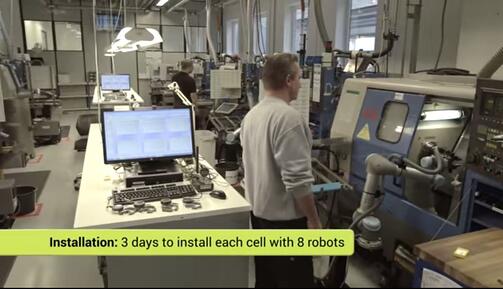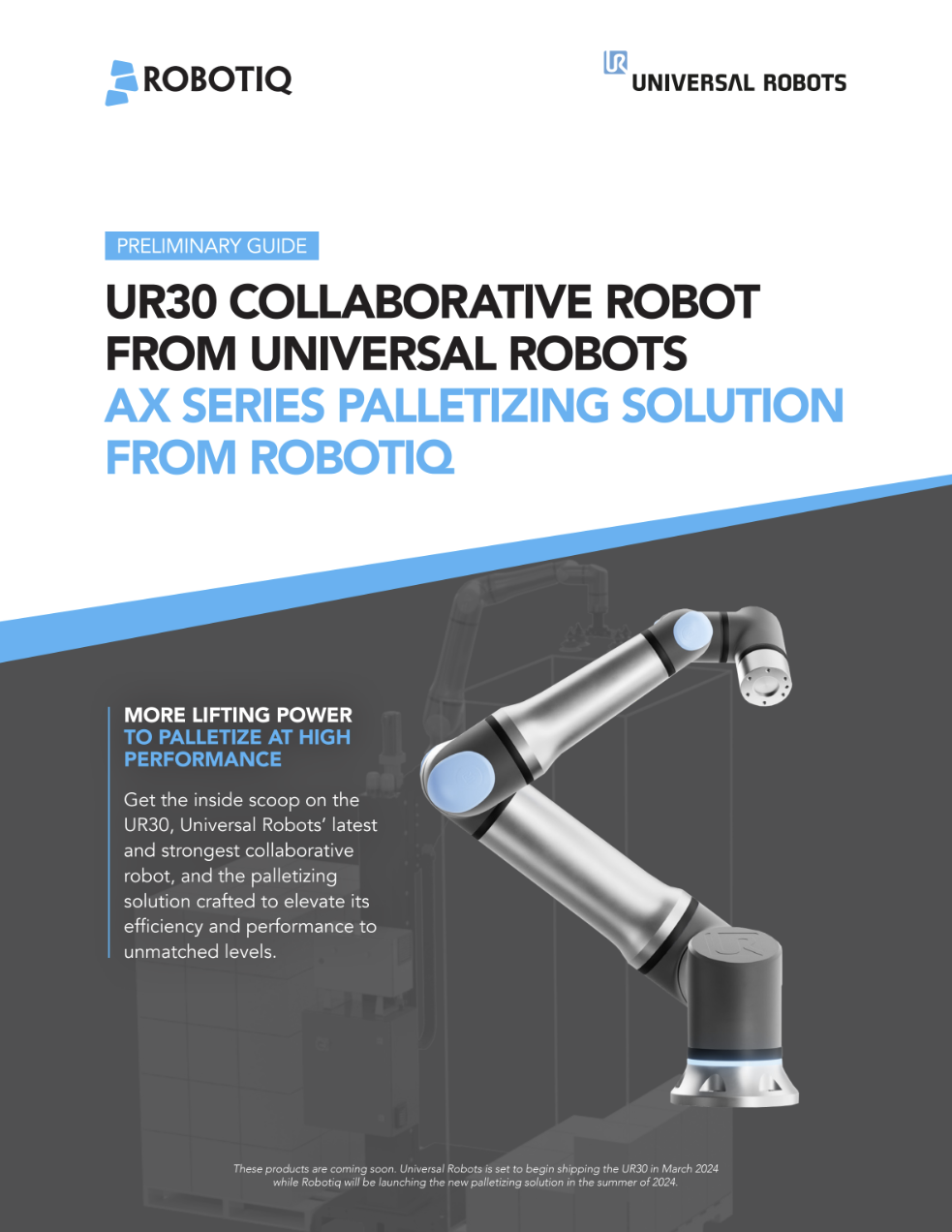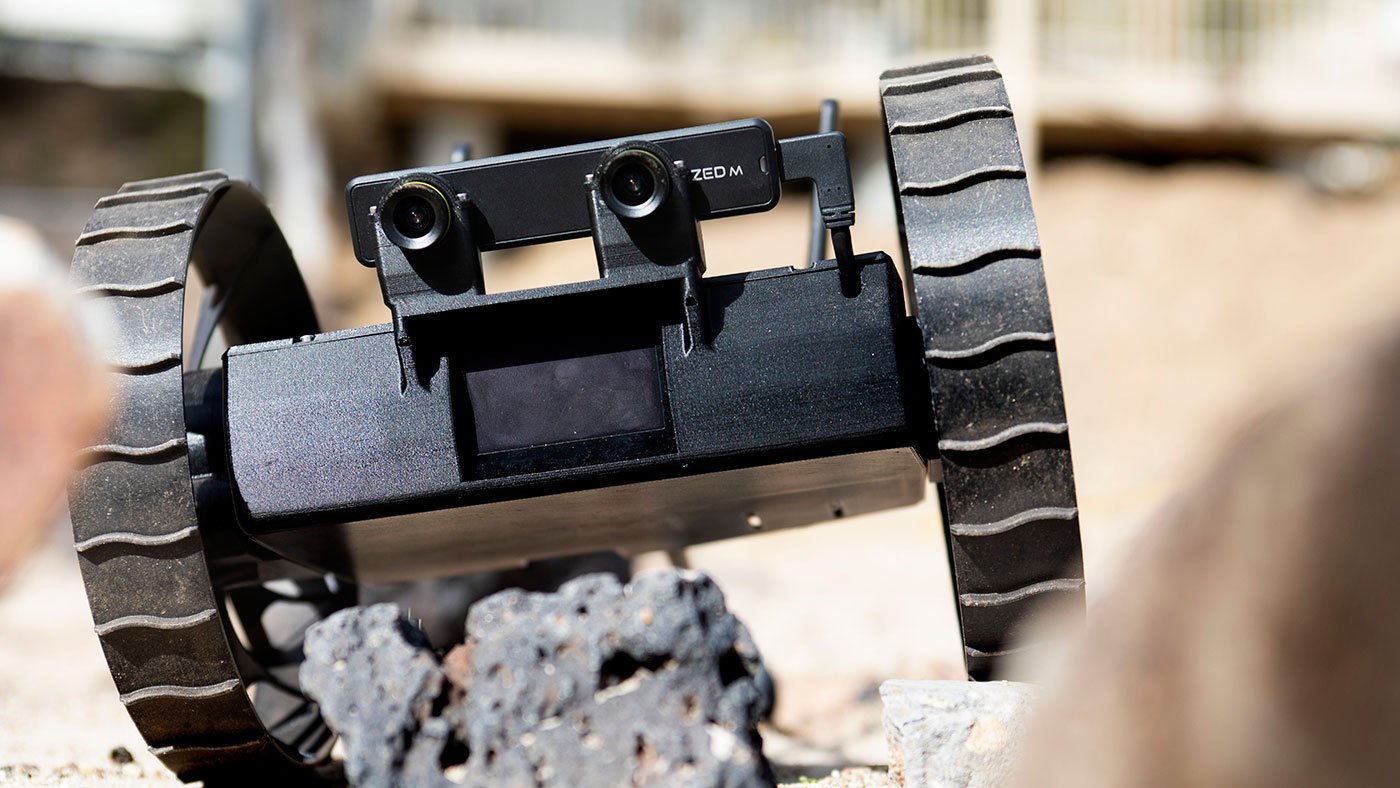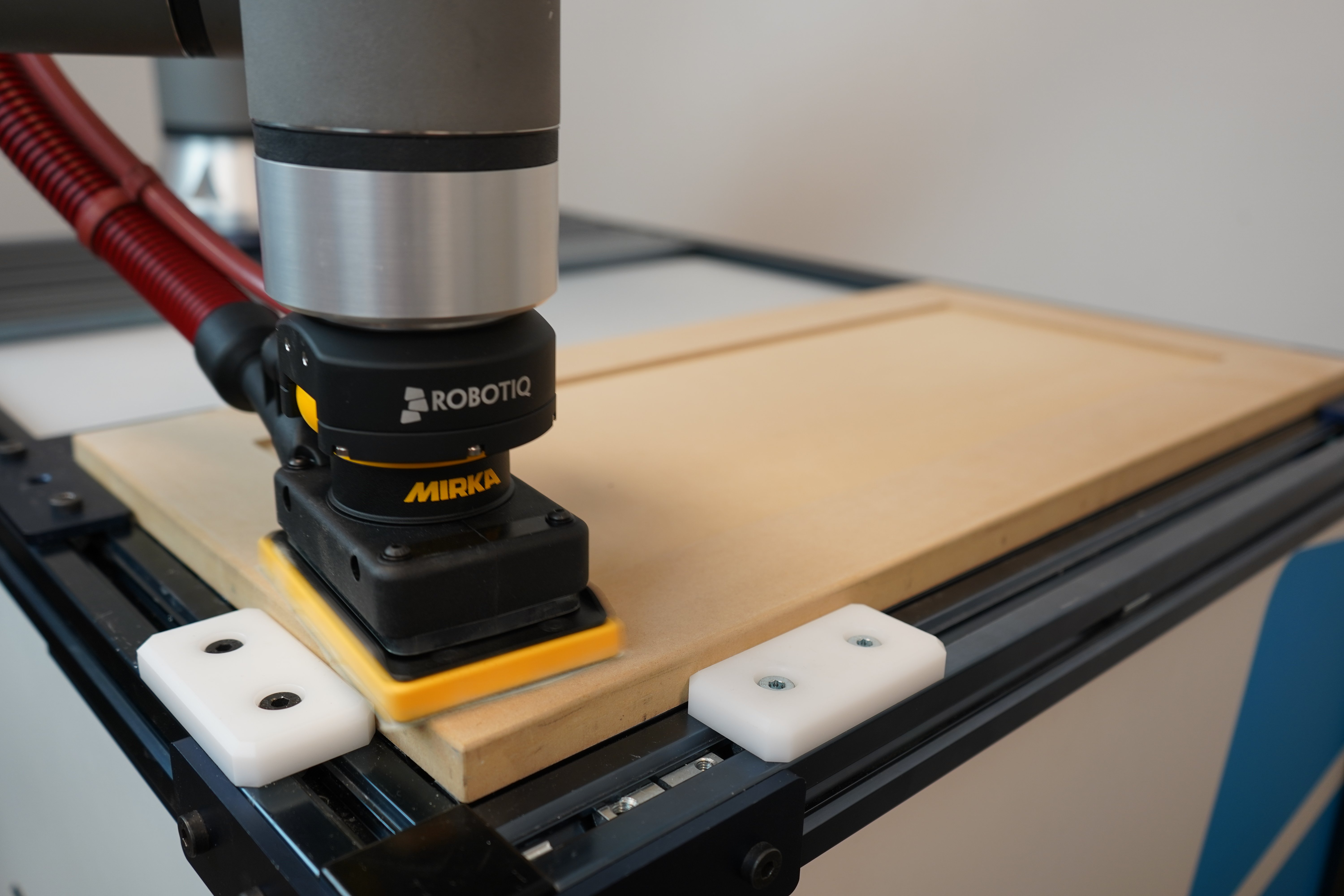Increasing Robot Park Size May Increase Employee Numbers Too!

Posted on Jan 21, 2015 2:31 PM. 3 min read time
In North America robots have generally been seen as scary for shop floor workers. Some of them are afraid that robots will steal their jobs. I am not saying that job relocation as a result of automation doesn't happen. In some cases, companies can be badly structured and the introduction of robots results in job lost. In the following example though, this company has expanded from 0 to 42 robots and has hired 50 new employees during the same time span.
This subject has been discussed in a number of past articles and creates a lot of controversy in the general public opinion. However, the example of Trelleborg Sealing Solutions in Denmark is a good alternative case showing how robots can be good for your company. The company has introduce Universal Robots into its factory to enhance their process and be able to run the plant around the clock. All of this by helping the workers to focus on tasks that require thinking and greater dexterity.
Each CNC machine is paired with a Universal Robots. The main applications of these robots are in machine tending. As the employees can skip this part of their former job, they can focus on tasks such as inspection or maintenance in the new reorganization. Since the robots are designed to work alongside humans, no fencing is needed around the robots. This doesn't means that danger has been totally eliminated, but since all the robots are force limited, they are safe for the worker to be around.
Take a look at the following video to get a better understanding of the topic.
One of the main reasons why Trelleborg decided to use Universal Robots was basically because of the absence of fencing. They have a tight space and they wanted to have the maximum number of machines in there to be able to produce more. By introducing collaborative robots without fencing, the space is used efficiently. By using Universal Robots, the force limitation allows them to work alongside humans without undue risk. The managers were looking for a solution that was space efficient and safe for the employees. The robot is also really flexible, which means it can do a wide variety of jobs and can be reprogrammed in seconds. This means that the robots can be used for prototype applications or for a several million unit production.

Concerning the workforce, I don't have complete details on the repositioning of all the employees. But if we make a fast calculation. A regular cell (3 machines ) used to be tended by 1 person. Now with the introduction of robots, the same employee can tend 8 machines. So 42 robots were introduced, passing from (42/3= 14) 14 employees to (42/8= 5) 5 employees tending machines. So 9 workers were transferred to other tasks, plus the 50 new employees. So this means that 59 positions have been created in the plant because of the increased production even with the more complex process. Trelleborg must have some people to maintain, program and verify the robot production quality. This most likely brings other related jobs. Employees are stimulated to learn new knowledge and this allows them to be able to use their brains instead of rotely loading and unloading CNC machines which keeps them engaged in the production process.
Collaborative robots are introduce into workshops to help workers do the dirty and repetitive jobs. Machine tending can be boring and repetitive, but by using a collaborative robot, the robotic worker can run around the clock and position the parts the exact same way each and every time. This can leverage your production up to the next level. Using flexible tools such as Universal Robots to automate your plant has a fast payback too. In this case, the company's return on investment for each robot was from 12 to 18 months. To get more information on Universal Robots, take a look at the link below.








Leave a comment